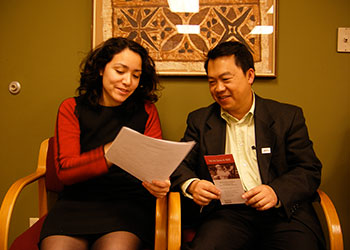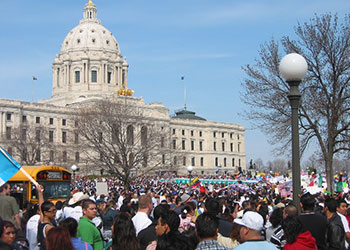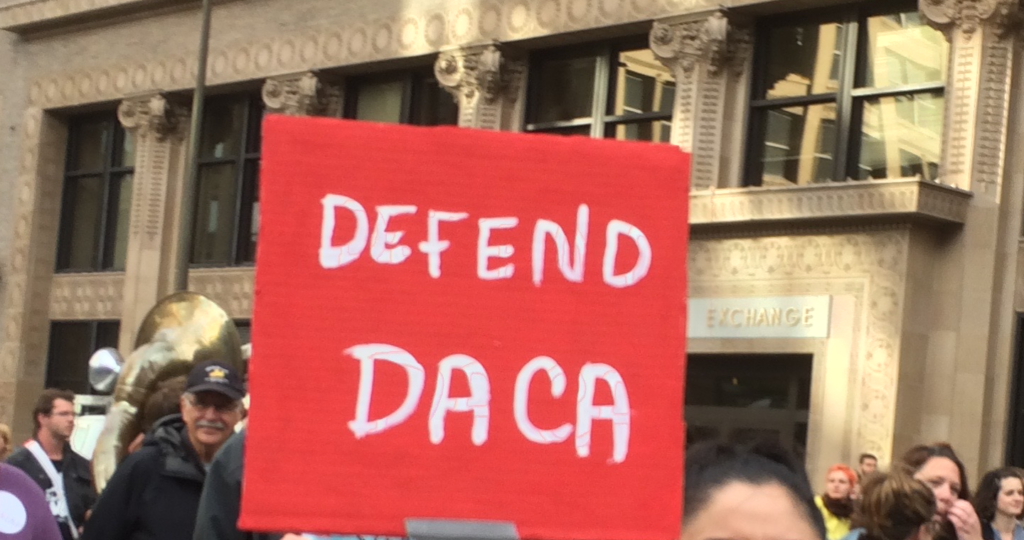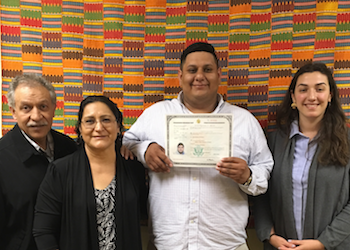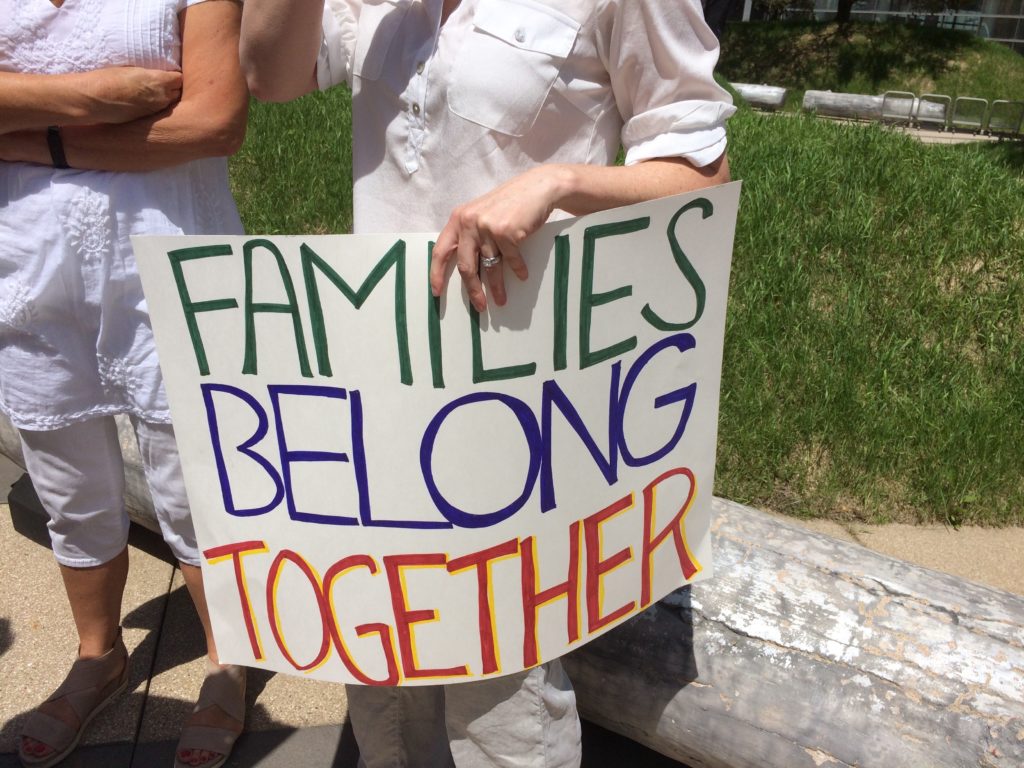Today is a day to mark with outrage and resolve. One year ago, Attorney General Jeff Sessions announced the Trump administration was rescinding Deferred Action for Childhood Arrivals—DACA. They have not succeeded. Not quite. Not yet.
Despite their worst efforts, four federal courts have said that DACA must continue, albeit only for those who already had its protection on September 5, 2017. So the child who turned 15 on September 6, 2017, or on September 5, 2018 is out of luck. No matter that she came here, carried in her mother’s arms at the age of nine months or two years. No matter that she grew up in this state and has never known another home. The Trump/Sessions hate machine denies her any protection. If they find her, they will deport her.
Anyone who had DACA before September 5, 2017 can apply for renewal, a renewal that costs hours of effort and $495 every two years.
Anyone who did not have DACA protection on that date is barred by the Trump/Sessions rescission.
DACA protects some of the Dreamers: the young people who came to the United States when they were children and have remained here ever since.
More than 80 percent of Americans want protection for the Dreamers. Congress could make DACA law at any time, beyond the reach of the Trump/Sessions hate machine. Congress has refused to act. So, for now, only the courts prevent the end of DACA and the deportation of 800,000 young people who have grown up as Americans. The 800,000, and a million more who do not have DACA’s protection and now can not apply for it, are called Dreamers, because they share the American dream.
The DACA program, begun in 2012, allowed young people who had come to the United States before 2007, who were older than 15 but younger than 31, and who met school, work, and criminal background check requirements, to get a two-year residence and work permit. They were not eligible for permanent residence or citizenship, but they could renew that permit every two years.
A recent study confirmed the contributions that DACA recipients make, finding that 96 percent of DACA recipients surveyed are currently employed or enrolled in school. Some 32 percent already had a bachelor’s degree or higher.
Many DACA recipients have married, started families, and bought homes. They pay taxes and contribute to their communities. Some have become doctors and lawyers, and thousands are teaching in U.S. schools. No matter how great their contributions, their futures remain in jeopardy, and they live in fear. The same study found:
“The legal and political uncertainty surrounding DACA is weighing heavily on its recipients. For example, 45 percent of respondents reported that they think about being detained in an immigration detention facility at least once a day; 55 percent reported that they think about being deported at least once a day; and 64 percent reported that they think about a family member being deported at least once a day.
“Among recipients with children, 76 percent reported that they think about “being separated from [their] children because of deportation” at least once a day, and 74 percent think about “not being able to see [their] children grow up because of deportation” at least once a day.”
Today, on the anniversary of the Trump/Sessions effort to destroy DACA, you can do something. Call your Senators and Representative. Send a message to those running for Congress. Say that we need these young people and we need a Dream Act to protect them. Call and tell your Senators and Representative that this is a priority for you and for the nation.

